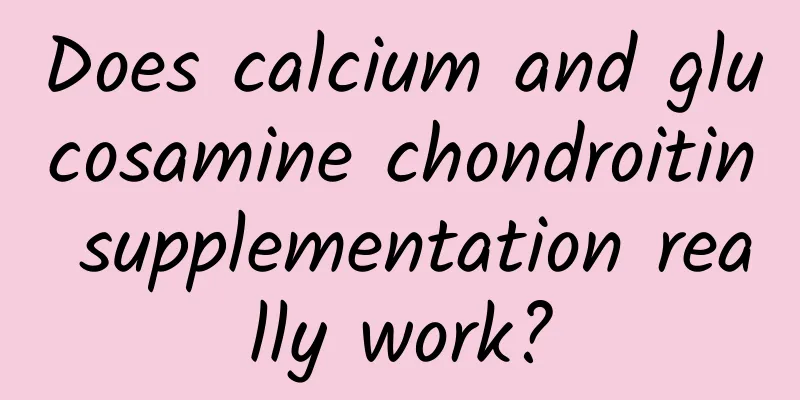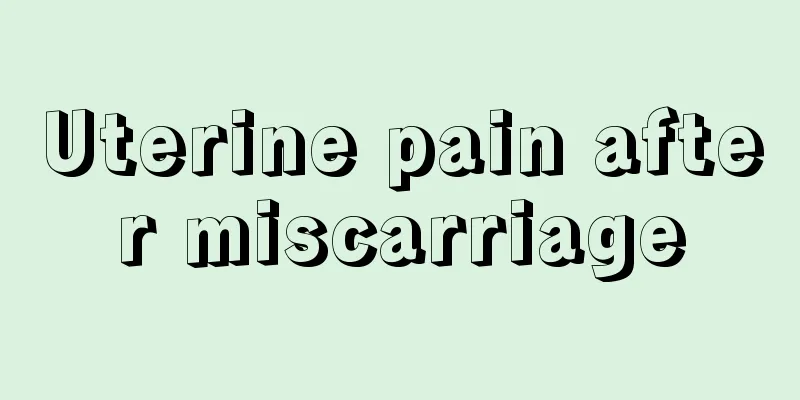Bread and pastries are prohibited from adding it! Why are 5 of the food categories that can add dehydroacetic acid preservatives kept and 7 returned?

|
According to the "National Food Safety Standard for the Use of Food Additives" (GB 2760-2024) issued by the National Health Commission and the State Administration for Market Regulation, from February 8, 2025, sodium dehydroacetate (dehydroacetic acid and its sodium salt) will no longer be used in seven types of food such as bread, pastries, and fruit and vegetable juice (pulp) , and the maximum usage in pickled vegetables will also be adjusted from 1 gram/kilogram to 0.3 grams/kilogram. The "pearls" in pearl milk tea are typical starch products, and are also prohibited from using sodium dehydroacetate. Image source: Dingxiang Doctor Why is the use of this food additive being adjusted? Is it harmful to eat food that has sodium dehydroacetate added before? How should we view food additives scientifically? 1. What is dehydroacetic acid? Dehydroacetic Acid (DHA) is not acetic acid, nor is it vinegar. It is an artificially synthesized food additive and a type of preservative . It extends the shelf life of food by inhibiting the growth of molds, yeasts and some bacteria. In the food industry, it is often added in the form of sodium dehydroacetate (DHA-S). 2. Potential hazards of dehydroacetic acid Dehydroacetic acid is safe when used properly , but excessive intake may pose health risks: 1. Metabolic burden: Animal experiments show that large doses may cause damage to the liver and kidneys; 2. Potential toxicity: metabolites may interfere with the endocrine system; 3. Imbalance of intestinal flora: Excessive preservatives may inhibit beneficial intestinal flora. 3. In recent years, which foods have exceeded the standard? In recent years, the market supervision bureau's sampling data show that the problem of excessive dehydroacetic acid is mostly concentrated in pastries , due to improper process control or companies deliberately extending the shelf life: In 2021, 1.5g/kg was detected in bulk cakes in a certain region, exceeding the standard by 200% (the standard limit is 0.5g/kg); In 2022, a popular online mooncake skin was found to contain 1.2g/kg, exceeding the standard by 140%; In 2023, a certain brand of red bean bread was found to contain 0.8g/kg, exceeding the standard by 60%. 4. What are the changes in the new standard regarding the use of dehydroacetic acid? Compared with the old version (2014 version), the scope of application of dehydroacetic acid and its sodium salt in the 2024 version retains 5 and withdraws 7 , that is, it retains 5 types of food such as pickled vegetables, and no longer applies to 7 types of food such as bread. The maximum usage amount in pickled vegetables is also adjusted from 1 g/kg to 0.3 g/kg. See the table below (for easy comparison, the order has been adjusted, and the changed parts are displayed in red font). 5. Why “retreat 7”? Zhang Jianbo, director of the Standards Office of the National Food Safety Risk Assessment Center, said that the decision to revise the regulations on the use of sodium dehydroacetate was made based on the results of food safety risk assessments and research on actual usage in the industry. In recent years, the use of dehydroacetic acid additives has become stricter internationally. In addition, the consumption of baked goods in China has steadily increased. Industry data shows that more than 90% of consumers currently buy bread and other baked goods every week. In order to avoid the risks of high-consumption people of baked goods, the new standard prohibits the use of sodium dehydroacetate in baked goods. 6. Why still keep 5? Sodium dehydroacetate is not "banned" and is still a permitted food additive that can be used in pickled vegetables and other foods. The specific reasons for keeping 5 are: 1. Necessity: It is difficult to find alternative preservation solutions for some foods. For example, pickled vegetables are prone to mold growth in a high-salt and humid environment, and dehydroacetic acid can specifically inhibit it; 2. Controllable risks: The exposure level of the permitted categories is low. For example, fermented soy products are not a daily staple food. Under compliant use, they can be excreted by the human body through metabolism, and there is no significant risk of accumulation. 3. Protection of traditional processes and consumer habits: The production of fermented soy products such as fermented bean curd and fermented black beans relies on specific microbial communities. Dehydroacetic acid can inhibit harmful bacteria without affecting the activity of beneficial bacteria. If other preservatives are used instead, the taste or color of the food may change, resulting in low consumer acceptance. 4. International standard reference: In line with the global regulatory trend, the EU, Japan and other countries still allow dehydroacetic acid to be used in certain foods (such as jams and pickles), and my country's standards are in line with international standards. The Joint Expert Committee on Food Additives (JECFA) sets the daily allowable intake (ADI) at 0-3 mg/kg body weight, and my country's current standards are within this framework. VII. Recommendations to Consumers and Regulatory Authorities 1. Check the label for "7 refund": When buying bread and pastries and other foods that are prohibited from using dehydroacetic acid, you should pay attention to whether dehydroacetic acid (sodium) is listed in the additive ingredient list; 2. Look at “Leave 5” rationally: Fermented soy products such as fermented bean curd can still use dehydroacetic acid, so there is no need to worry. 3. Choose a big brand: large enterprises have stricter process control and standardized management, and the implementation of the new national standard switch is more guaranteed; 4. Regulatory agencies should conduct special random inspections on the content of dehydroacetic acid in pickled vegetables to see whether manufacturers have reduced the amount of dehydroacetic acid from 1.0 g/kg to below 0.3 g/kg. 8. Conclusion The "retain 5 and return 7" of dehydroacetic acid is the result of food safety standards keeping pace with the times. As consumers, paying attention to food additive labels and making rational choices can make eating safer . After the implementation of the new national standard, it will surely promote the upgrading of food additive preservative technology in the industry. |
<<: Things about getting up at night
Recommend
[Medical Q&A] Is the carbohydrate antigen 125 (CA125) test exclusive to women?
Planner: Chinese Medical Association Reviewer: Ni...
Cervical tct screening
Cervical TCT screening is a common examination me...
AMH and age comparison table
Women who are planning to get pregnant must know ...
Treatment of hyperthyroidism during pregnancy
Hyperthyroidism during pregnancy is now a disease...
Premenstrual and early pregnancy symptoms
In life, many women are preparing for pregnancy. ...
What to do if a pregnant woman has soft fleshy bumps on her anus
The anus is an important organ. Once problems occ...
Abdominal pain after medical abortion
Medical abortion is a relatively common method of...
What is the difference between Xinjiang snow chrysanthemum and Tibetan snow chrysanthemum? When was Tibet peacefully liberated?
Tibet is located in the southwest of the Qinghai-...
How many days of delayed menstruation is considered pregnancy
After sexual intercourse, semen accumulates in th...
When is the best time to eat chicken during confinement? Should I eat a chicken a day during confinement?
We all know that after a woman has given birth, h...
Women with blood stasis should master two methods to maintain their health
Many women suffer from the trouble of blood stasi...
I have corns on my feet. Can I treat them myself at home?
Author: Tang Qin, Deputy Secretary-General of the...
Will a lumbar fracture damage the nerves? In what cases is surgery required?
Author: Tao Sheng, Chief Physician of the Eighth ...
Eight tips for losing weight
1. In order to make weight loss effective, in add...
My vagina is a little painful, what's going on?
In clinical medicine, women suffer from menstrual...









